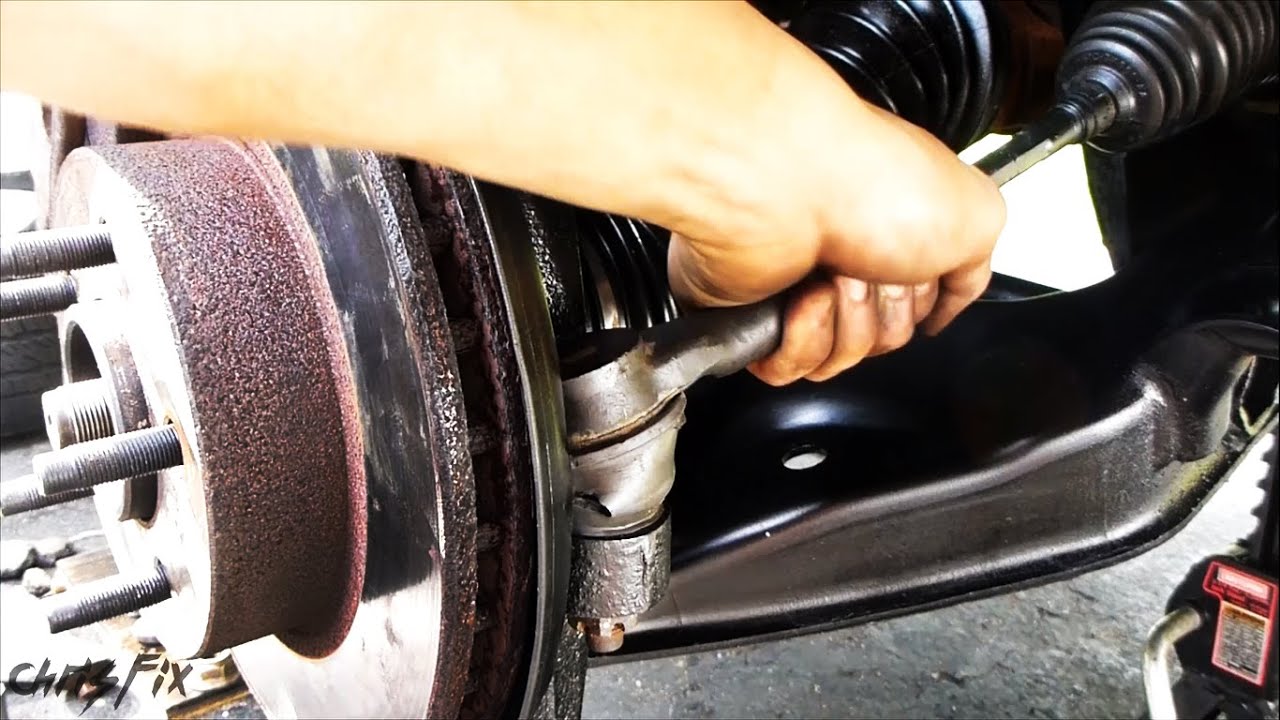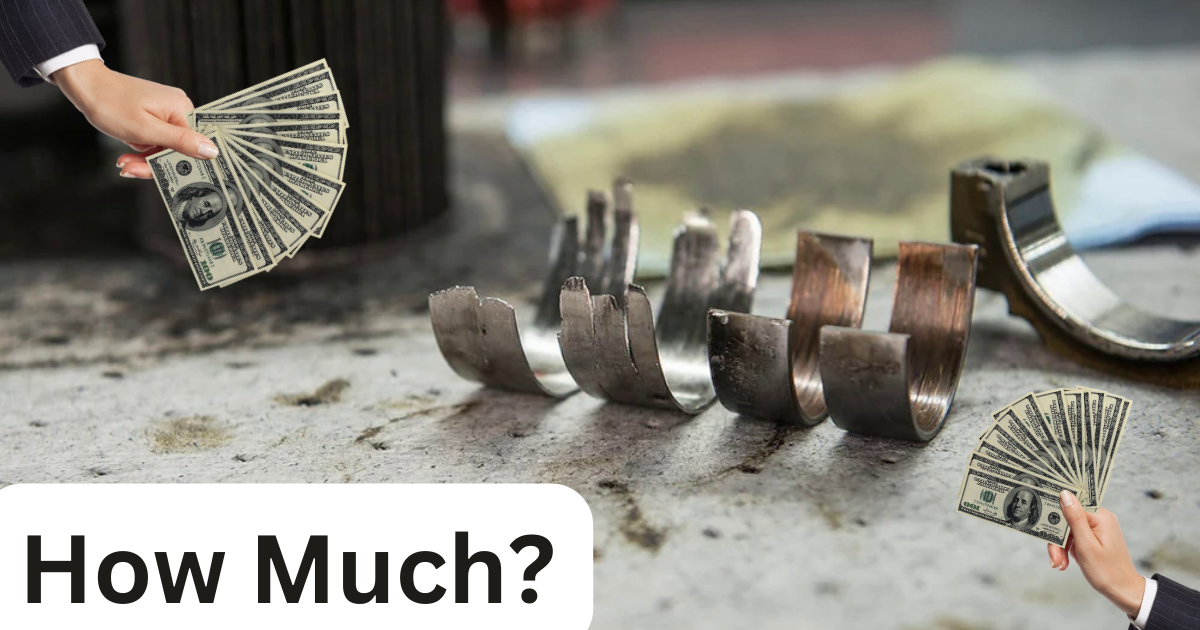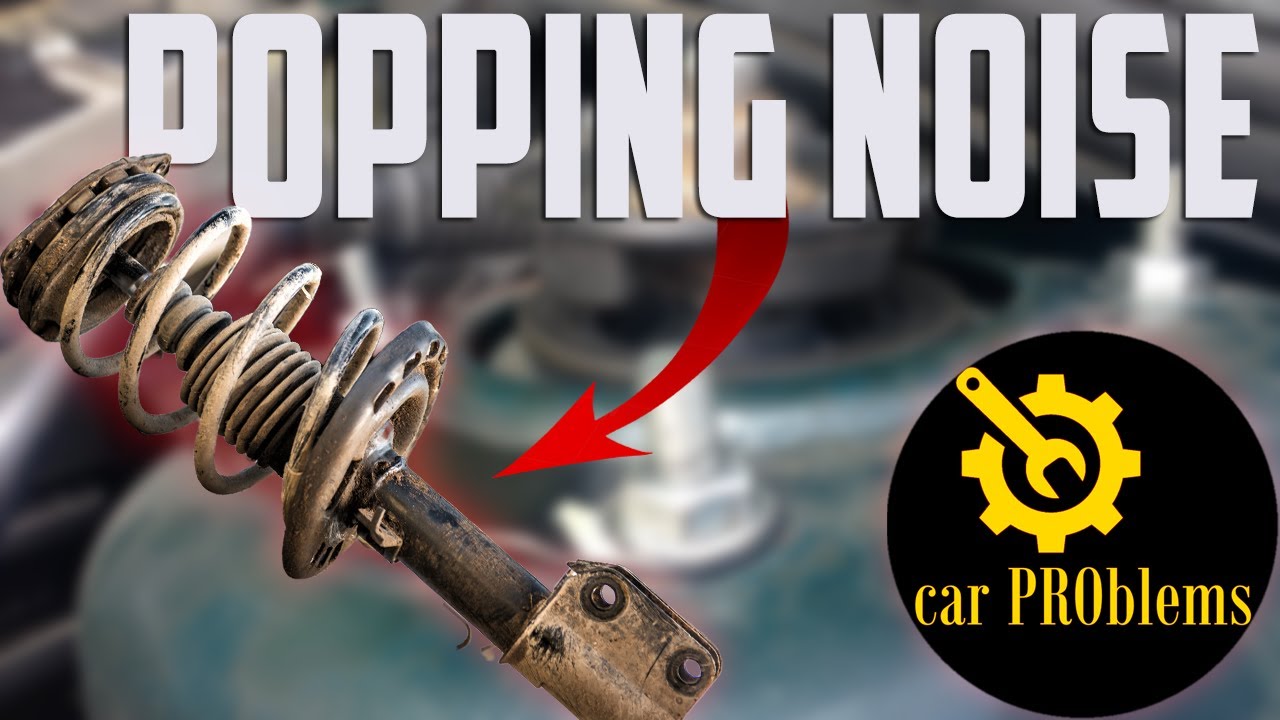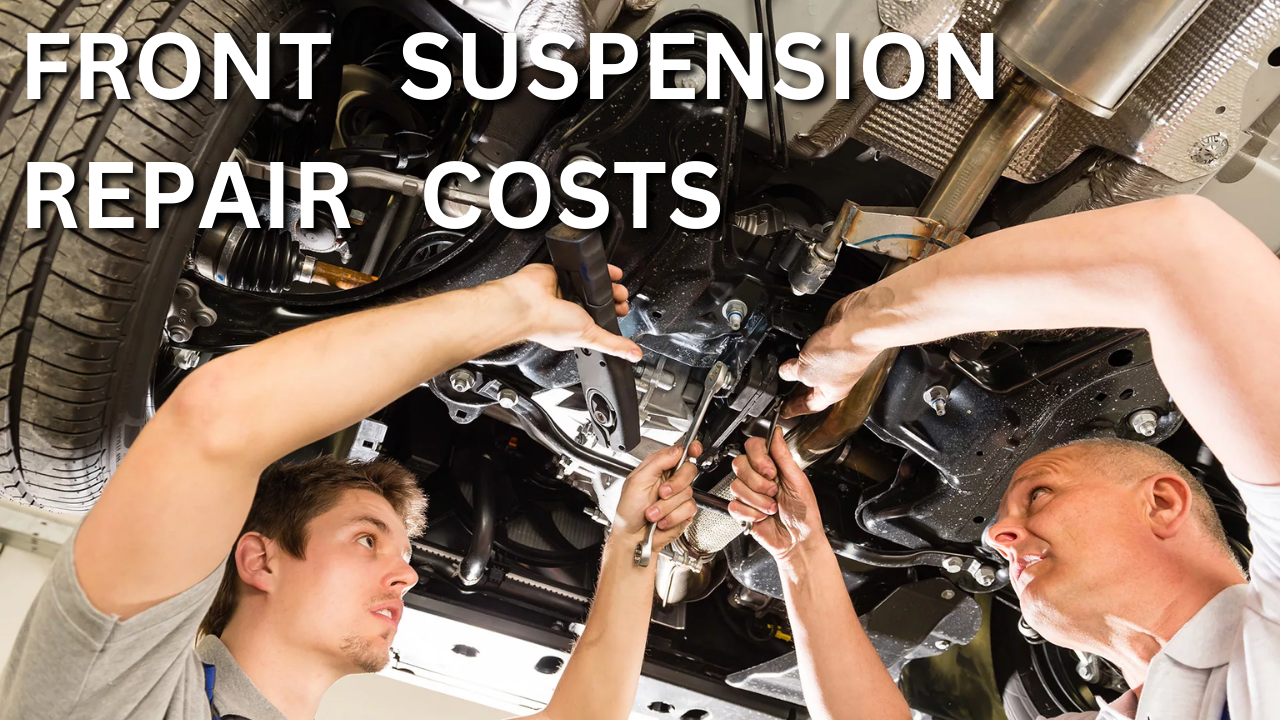Steer your way to safety and precision with a tie rod fix that won’t break the bank. Discover the ins and outs of tie rod end replacements and why skimping on this crucial component could leave your steering all shook up. Let’s tighten the turns on your automotive knowledge!
Generally, it can cost between $100 to $400, with the new tie rod portion costing between $40 and $120 and the labor costing between $150 and $300. Cost estimates, however, can differ depending on which tie rod needs to be replaced as well as from vehicle to vehicle.
What is a Tie Rod End?
The front wheels are connected to the steering wheel by tie rods, which are composed of inner and outer tie rods. At their ends, each feature greased ball joints that allow rotational forces to pass through the system.
A rubber boot covers the end of the outer tie rod to keep dirt and grease out, but with time, this rubber can split, allowing moisture to enter the joint and causing corrosion.

Bad Tie Rod End Symptoms
You may be asking how to identify a bad tie rod end. There are a few really obvious symptoms, so keep an eye out for them. Here are a few typical signs of a bad tie rod end.
The Steering Wheel Shakes or Vibrates
The tie rod maintains the suspension’s parts’ stability and tightness. If the tie rod end breaks and becomes loose, the suspension’s components will also become loose and create shaking and vibrations that can be felt in the steering wheel when the car is moving.
As the automobile speeds up and when turning bends, the vibrations in the steering wheel get worse.

Poor Front End Alignment
The tie rod aids in maintaining the alignment of the front end of your car, and a worn-out or damaged tie rod end results in the parts becoming looser. The front end will track badly and become out of alignment as a result.
Driving the vehicle will reveal this misalignment because, when directed forward, it will begin to veer to the left or right. You may see this clearly if you take your hands off the steering wheel after directing it straight while you’re driving. A vehicle that is properly aligned should stay on its intended course.
Abnormal Noises When Steering
Any squeaking or squealing that occurs when the car is moving could be the result of unfavorable metal-on-metal contact. When driving, especially around corners, a vehicle may make a high-pitched squeaking sound. This sound may be caused by a tie rod end rubber boot that has cracked and lost lubricant.
The front of the automobile can also be heard banging or clanging. You should check if any other symptoms listed on this page exist since odd noises don’t always indicate a broken tie rod end.
Absence of Steering Response
Another typical symptom of considerable tie rod deterioration is a general lack of steering response. Increased free-play between a tie rod’s articulating outer end and the steering knuckle to which it is attached causes this. This is a risky state since it can result in a total loss of steering. If you see this, take the automobile right away to the mechanic.
Irregular Tire Wear
Tire wear is common and needs to be uniform on both sides. An issue may be revealed by uneven tire wear on one or more tires. The inner or outside edges of a tire will wear out more quickly than the rest of the tire if the tie rod is damaged.
Standing in front of the car, scan the inside and outer edges of the front tires for signs of irregular tire wear. It is a good idea to have the automobile checked out by a professional, as uneven tire wear can have other causes, such as a defective alignment, incorrect tire pressure, or unbalanced tires.
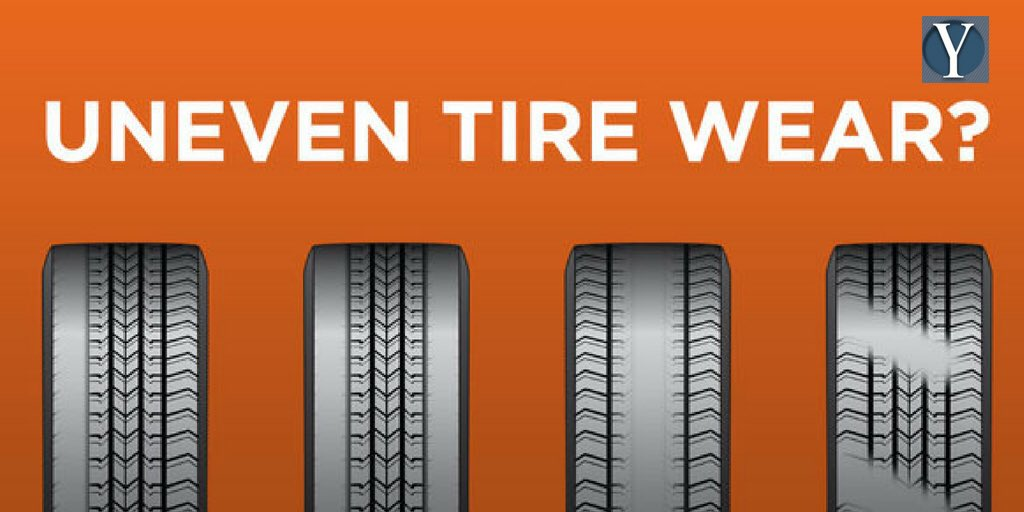
Vehicle Vibrates
The entire car may start to tremble once the tires start to wear unevenly. Acceleration causes these vibrations to become more intense, which makes it challenging to drive comfortably. However, comfort might not even be your biggest concern.
Another potential source of vehicle vibration is the almost total breakdown of the tie rods, which is a very risky scenario. You can be on the verge of losing steering in this situation since the tires are loose and shaking on their own. Have the car repaired right away.
Tie Rod End Replacement Cost
It can cost anywhere from $100 to $400 to replace a tie rod end, with the exact amount depending on the vehicle, the quality of the parts that are utilized, and how difficult it is to get to the tie rod end.
It makes no difference whether the tie rod in question is the inner or the outer one; the cost of the part might range anywhere from $40 to $120. Because replacing the outer tie rod ends is a very straightforward process, you should budget between $80 and $100 for the work involved. Most technicians will charge a minimum of one hour for their services.
Related: How Much Does It Cost To Replace Rod Bearings?
Tie rods have two parts — the inner tie rod and the outer tie rod. Replacing the inner tie rod end is more expensive than the outer tie rod end since it requires special tools and more effort. Getting to the inner tie rod ends requires a little bit more effort, so plan on spending between $150 and $300 on labor if you go for fixing the inner rod too.
On the plus side, you don’t always need to replace both parts together. But the cost of repairs could increase if your vehicle’s front wheel alignment is off, adding another $80 to $100 to your total bill.

Since labor accounts for at least half of the entire cost, it makes financial sense to purchase original equipment manufacturer (OEM) parts or parts of high quality in order to obtain your money’s worth. Remember to include the cost of a front-end alignment in the pricing estimate, as this is something that needs to be done after the repair has been finished.
Look around at the various auto repair businesses in your area to find out how much their labor will set you back in order to get the best deal possible. It goes without saying that finding the lowest possible labor cost is of the utmost importance; nonetheless, it is not uncommon to locate a reliable, independent shop that charges only one-half of what a dealership would. It’s possible that taxes and other fees will be charged on top of the final price.
Factors that Affect the Cost of Tie Rod End Replacement
Several factors can affect the overall cost of tie rod end replacement. These factors include:
- Vehicle make and model: The cost of tie rod end replacement can vary significantly based on the make and model of the vehicle. Parts for luxury or high-performance vehicles can be more expensive than those for standard models.
- Quality of parts: The cost of tie rod ends can vary greatly based on the quality of the parts used. Cheaper parts may be more affordable upfront but can result in higher costs in the long run due to more frequent replacements.
- Labor costs: Labor costs can vary based on the location of the repair shop and the level of experience of the technician.
- The number of tie rod ends: Replacing both tie rod ends will cost more than replacing a single one.
- Other repairs: If other steering or suspension components are damaged or worn out, additional repairs may be necessary, which can increase the overall cost.
How urgent is the replacement of a tie rod?
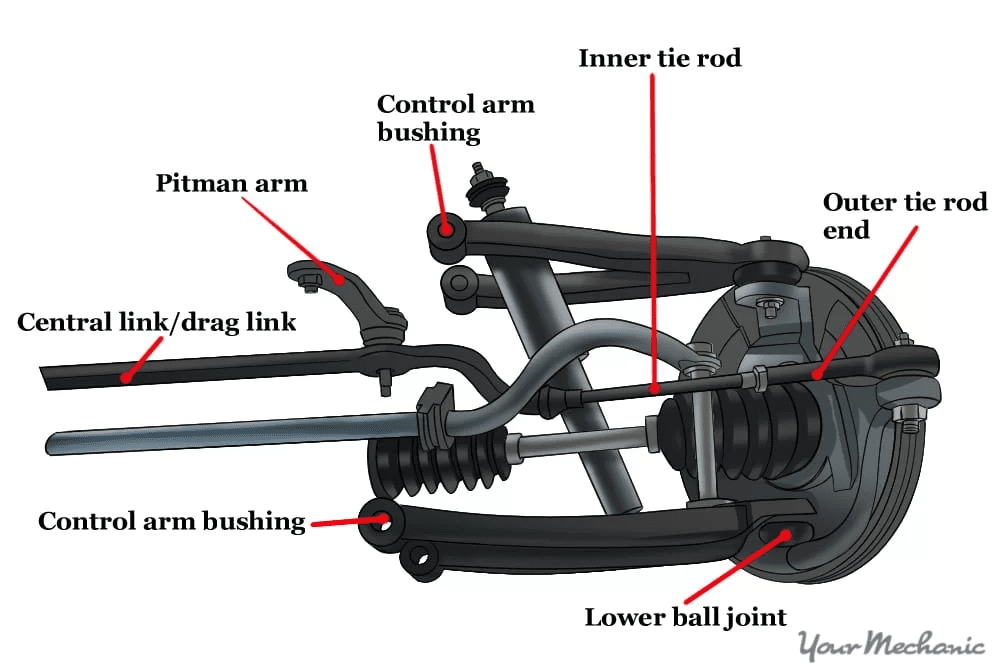
You shouldn’t ignore a worn-out or broken tie rod because it endangers both you and other motorists. The worn tie rod should therefore be replaced as soon as feasible.
Having a bad tie rod end while driving can result in the following:
- A failure of the steering system in your car
- Being stranded while awaiting a tow
- Dangerous accidents
Additionally, a failed tie rod may result in problems with the front-end alignment, which quickens tire wear. Therefore, replacing the component as soon as possible would assist save repair expenses in the long run, including the requirement for frequent tire maintenance owing to uneven wear.
How Should I Replace My Tie Rods?
To make sure your automobile is safe to drive again, replacing a damaged tie rod calls for some work and expertise. To replace a damaged tie rod end, an auto mechanic would follow these steps:
- Keep ample space around the automobile as you park it on a flat surface.
- Place some blocks behind the back wheels and use the parking brake.
- Lift the front end using jack stands, unfasten the wheel or lug bolts (lock nut), and remove the wheels to gain access to the tie rod assembly.
- Use pliers to loosen the castle nut and cotter pin, as well as the inner and outer tie rod nuts.
- Use a wedge or hammer to pry the outer tie rod end away from the steering knuckle (steering arm), then unscrew it.
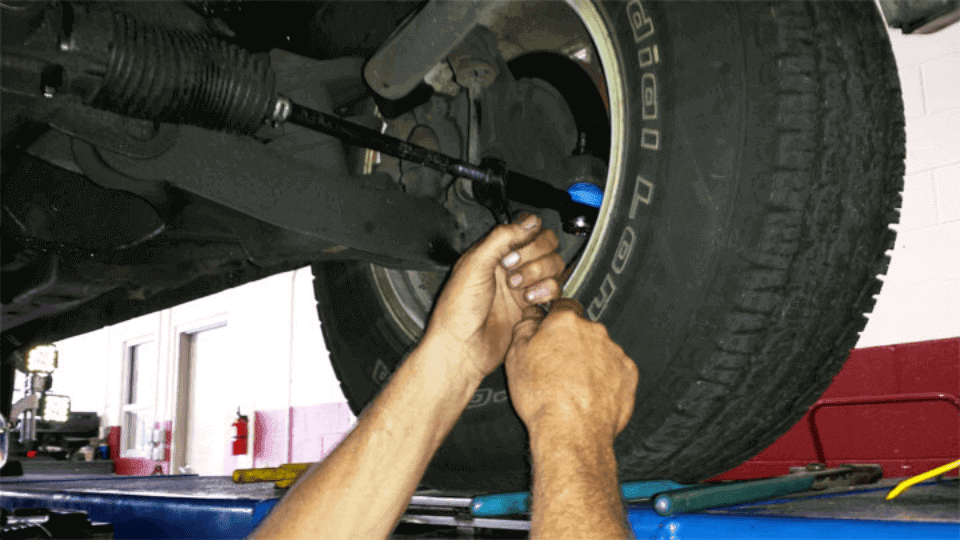
- The inner and outer tie rod nuts, as well as the inner tie rod end dust boot clamps, should then be removed. Detach the dust boot’s breather tube as well.
- To remove the inner tie rod end, use an inner tie rod removal tool.
- Install the new tie rod, making sure it is the same length as the old tie rod if necessary.
- Using a torque wrench, tighten the castle nut and the connecting nut between the inner and outer tie rods. All additional nuts and pins taken out during the process should be reinstalled.
- The new inner tie rod end, which connects to the steering rack, should be sealed.
- In addition, check each ball joint for wear and tear and replace the inner tie rod boot as necessary.
- Last but not least, check the alignment of the car’s front end.
What Leads to a Tie Rod Breaking?
Wear and tear is the main cause of tie rod failure. During a car’s lifetime, inner and outer tie rods, ball joints, and other front-end parts are stressed. This leads to deterioration.
Only poorly greased tie rod ends cause this wear and tear. Some tie rod ends are sufficiently oiled and protected from further use, while many others need regular grease gun lubrication.
Without oil, these vital joints wear faster. Front-end crashes and pothole hits can also destroy tie rods. In such cases, tie rods bend, affecting alignment. Before aligning, replace the troublesome tie rod.
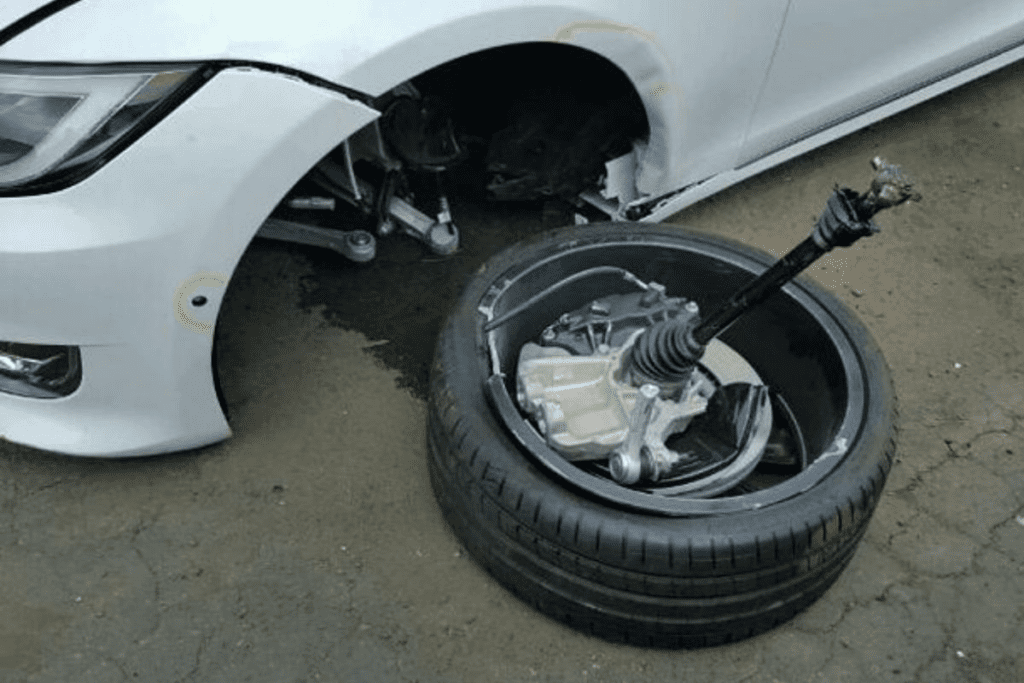
Final Thoughts
If you’re experiencing any of the symptoms listed in this article, you may need to have your tie rod ends replaced. While the cost can vary depending on the vehicle and whether you need to replace the inner or outer tie rod, it typically ranges from $100 to $400.
It’s essential to address these issues promptly since they can affect the steering, alignment, and overall safety of your vehicle. If you’re uncertain if your tie rod ends need replacing, it’s best to consult with a professional mechanic who can diagnose and provide a quote.

